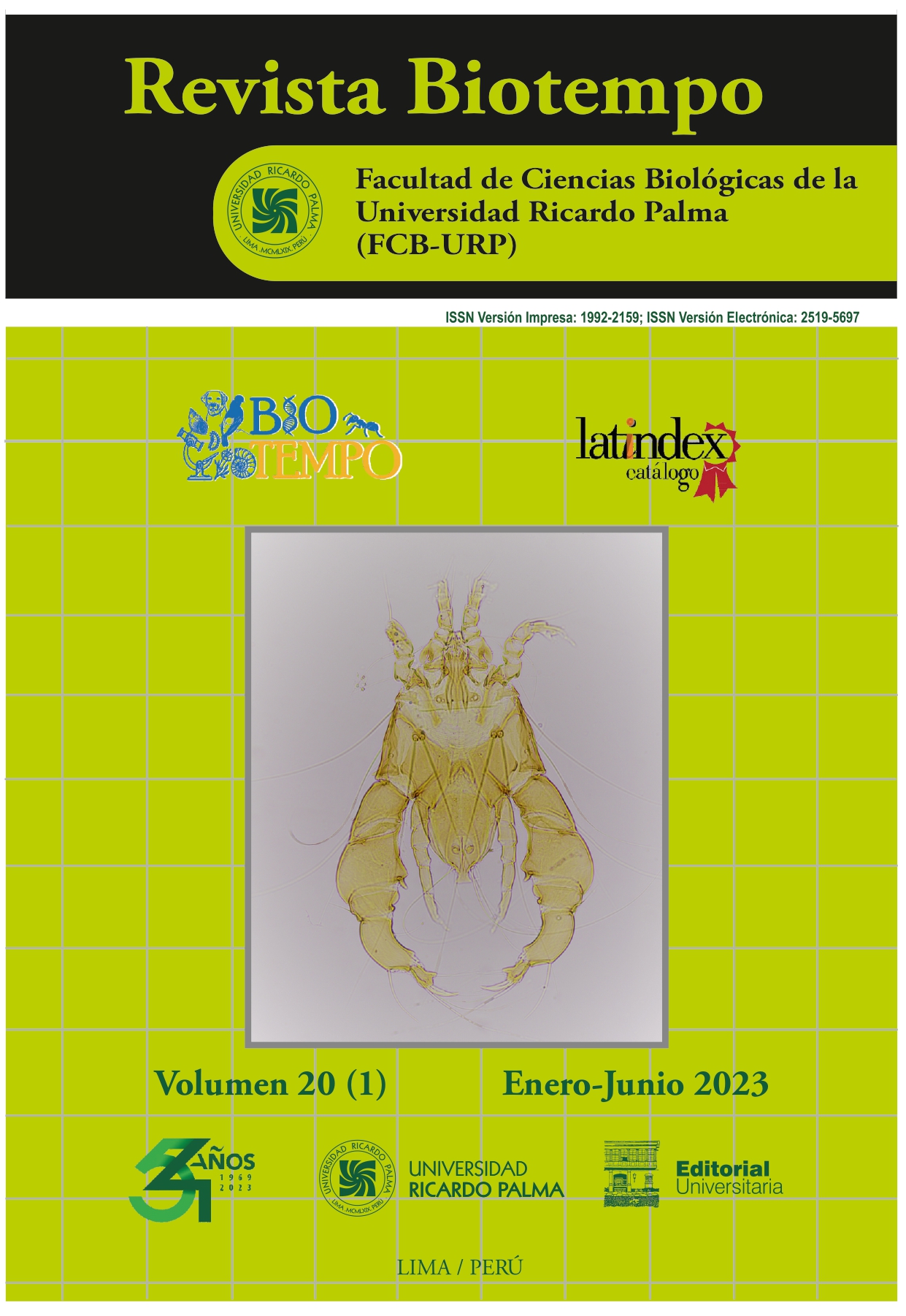Virtual practical classes in the teaching-learning process of chordate
DOI:
https://doi.org/10.31381/biotempo.v20i1.5606Keywords:
chordates, Information and Communication Technology, system, teaching-learning Process, virtual classes-practicalAbstract
The teaching-learning process in higher education should guide, orient and train students towards the acquisition of computer skills, in a society increasingly permeated by Information and Communication Technologies. The objective of the research is to propose a system of Virtual Practical Classes, for the study of the external and internal morphology of vertebrates that are studied as part of the Chordates Zoology program, in the Bachelor's Degree in Education. Biology, in the third year of the Regular Day Course, at the Central University "Marta Abreu" of Las Villas, Villa Clara, Cuba. The system is based on the Historical-Cultural Theory of L. S. Vigotsky and his followers. The information for the diagnosis is obtained from the application of different methods of information gathering and processing, such as surveys, interviews, observation and document review. In order to mitigate the difficulties detected, and with a view to using Information and Communication Technologies, the Virtual Practical Classes system is developed, whose contribution to the theory is given in its conception, where the interaction between the different activities that are proposed, allows fulfilling the social aspiration exposed in the professional's model and the objectives of the program related to the realization of practical activities. The system is submitted for evaluation to expert criteria and is implemented for the first time in the 2022 academic year with excellent results.










